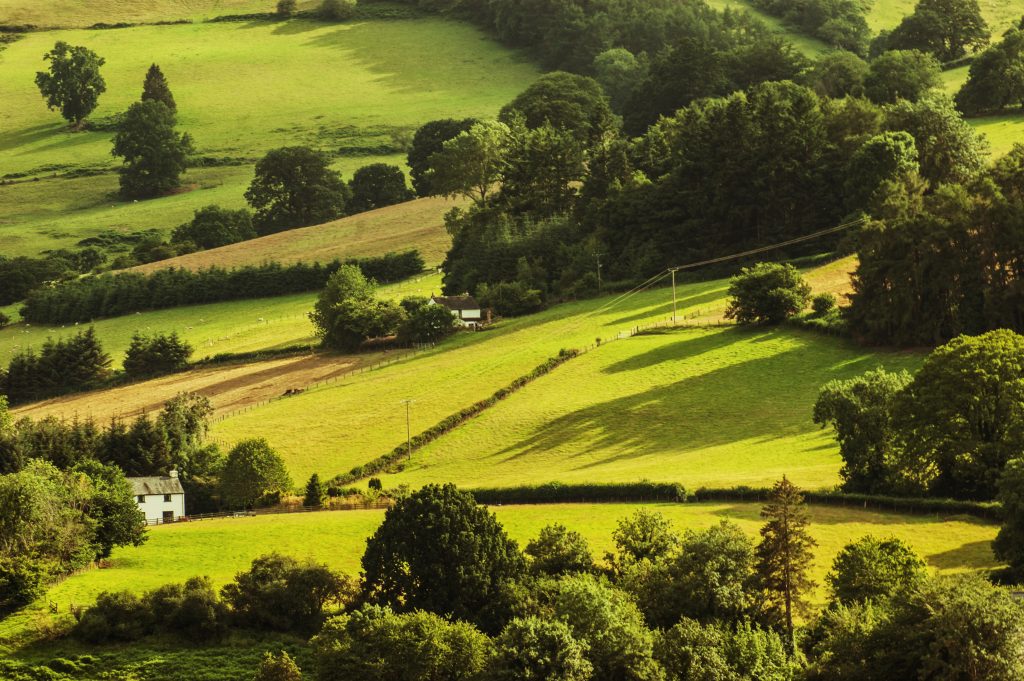Summary points
- The UN estimates the nature finance gap at $17-22 billion per year
- Investor appetite is strong & nature restoration projects are ready
- Finding ways to connect investors with projects is key to unlocking finance
- Aggregation and collaboration helps projects become ‘investment ready’
Unlocking Private Investment for Nature Restoration
To meet our target to protect 30% of land by 2030, there is an undeniable and pressing need for rapid and landscape-level nature restoration projects, infrastructure and people-power, underpinned by sustained funding. And whilst, since Brexit, public financial incentives for land stewards to restore and produce ecosystem services have improved, grant payments and subsidies are still not sufficient for many to continue ‘business as usual’ ‘for nature’.
As a result, the spotlight is turning towards private mechanisms, and in doing so revealing a bittersweet truth: capital is available and the projects are ready, but there is a disconnect preventing the necessary funding from being deployed. Indeed there is a gap in private investment for nature restoration across the world to the tune of an estimated $17-22 billion dollars per year according to the UN.
But whilst the dire state of nature and nature finance across the world and in the UK is a laboured point to make, it is being increasingly recognised that there is an opportunity for the UK to become a world leader in nature finance and restoration. By unlocking private investment and creating channels into restoration projects through which funding can flow there is a chance that we can plug this finance gap and accelerate progress towards 30 by 30 targets.
Combining small-scale visions to create landscape-scale ambition
More and more, we are seeing a promising strategy being used to make this happen, and that is the aggregation of individual, small-scale nature restoration projects to create larger, landscape-level visions.
Aggregating multiple nature restoration projects into a cohesive, well-structured portfolio (or in the environment sector you might say ‘cluster’) offers a host of benefits. Land aggregation makes nature restoration a more viable option for a small-scale landowner who otherwise wouldn’t have had access to necessary resources; it makes projects a more attractive opportunity from an investor perspective; and collaborative landscape-scale approaches to nature restoration are more beneficial ecologically.

Aggregating land to create attractive investment opportunity
First and foremost, aggregation creates a larger-scale opportunity for investment. While individual nature restoration projects may struggle to attract sufficient private capital, combining several projects into a single investment vehicle can make them more appealing to investors seeking larger and potentially more stable natural capital returns. The aggregation approach consolidates the risk and offers economies of scale, making it an attractive prospect for those looking to diversify their portfolios.
Moreover, the well-defined structure of aggregated projects offers transparency and risk mitigation. Investors can have greater confidence in projects that are part of a professionally managed and diversified portfolio. This assurance can encourage more private investors, including institutional investors like pension funds to participate.
Aggregating projects also enhances the accountability and reporting responsibilities of land stewards, providing an additional layer of confidence that funds are generating the intended impact. Investors can expect industry-certified metrics and measurements to be used to verify the methodologies and associated uplifts in biodiversity which not only facilitates due diligence but also ensures that the accurate monitoring of environmental outcomes. This level of transparency is critical for building trust and credibility in the private investment community.

Making nature restoration projects ‘investment-ready’
Aggregation optimises projects, making them ready for a greater array of financial mechanisms such as impact investment funds and green bonds. Designed for projects which deliver holistic outcomes incorporating environmental and social benefits, these financial tools can be more effectively structured and leveraged when multiple small-scale projects are combined. In turn, this increases the variety of investors who can access and engage with nature restoration.
It’s important to note that in focusing greater attention on leveraging private investment, the role of public funding must not be negated. By producing collaborative relationships amongst multiple land stewards, restoration projects create synergies between and opportunities for public-private partnerships. This creates a win-win scenario where private investors not only contribute to nature restoration (and their own internal CSR and ESG scores) but also gain from government support or tax incentives.
As an example, the recently piloted DEFRA Landscape Recovery Scheme has seen farm clusters and groups of land stewards work in collaboration with governmental bodies, local authorities, and conservation NGOs. Successful round one applications are currently leveraging public funding to support them through the project development stage, whilst creating the blended finance models which will sustain their ambitions into the long-term. In doing so, they are laying the vital groundwork and creating frameworks for future LRS applicants to follow and for wider aggregated projects to learn from.
Improving and sustaining investor confidence
Importantly, as these projects progress, so investor confidence will grow – something which we will talk about in more depth in relation to upcoming mandatory Biodiversity Net Gain and the voluntary biodiversity markets. Eventually this land aggregation strategy will generate a positive feedback loop which sees private investment flow into nature restoration projects and as they succeed in delivering on their goals, they will attract more private capital, spurring greater interest in environmental initiatives across the board.
Aggregating multiple small-scale nature restoration projects offers a game-changing approach that has the potential to unleash substantial private investment in the UK. It offers larger-scale opportunities, transparency, risk mitigation, and standardisation, making nature restoration an attractive proposition for a wide range of investors. With the pressing need and the potential to create a more sustainable future, initiatives like Landscape Recovery Scheme are creating test beds in which collaborations can explore this aggregation-for-investment strategy and harness the power of private investment for the benefit not only of our landscapes but also for our reputation as a potential global hub for nature finance.

